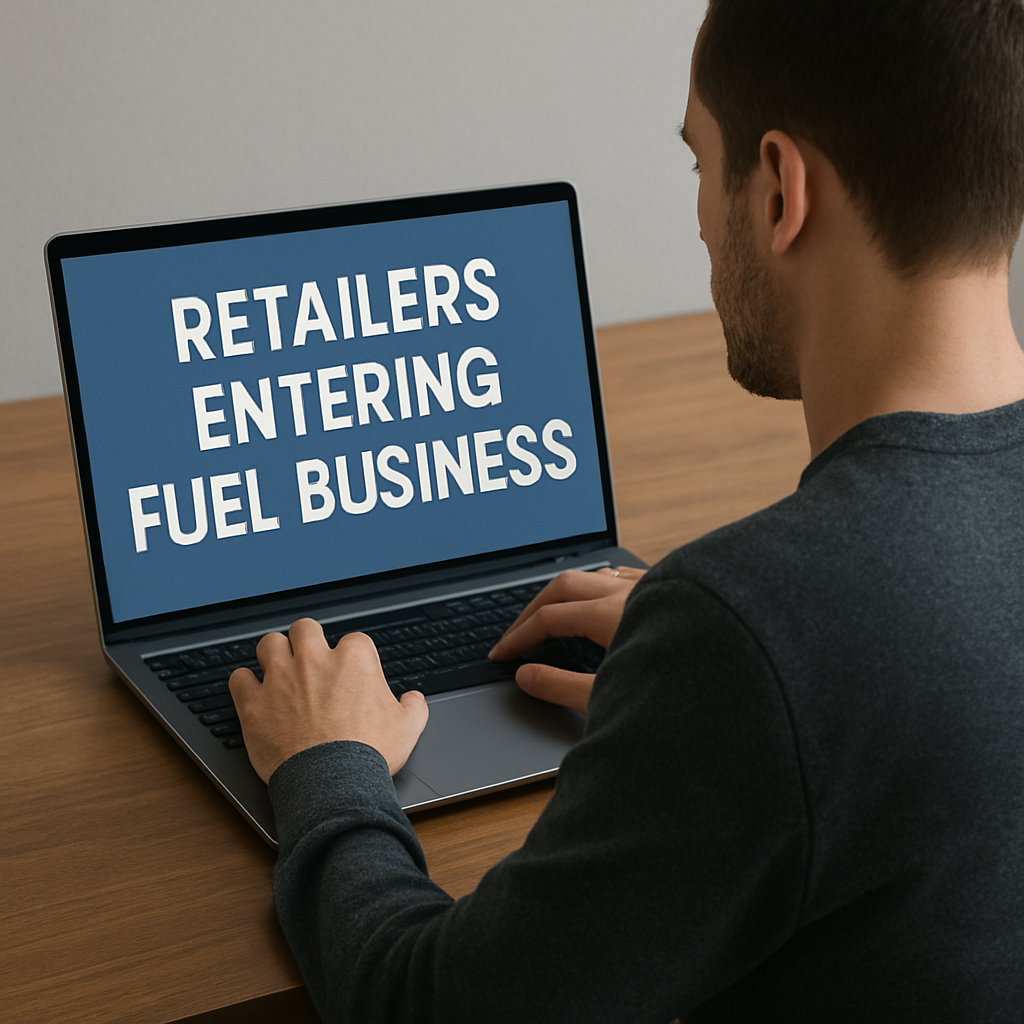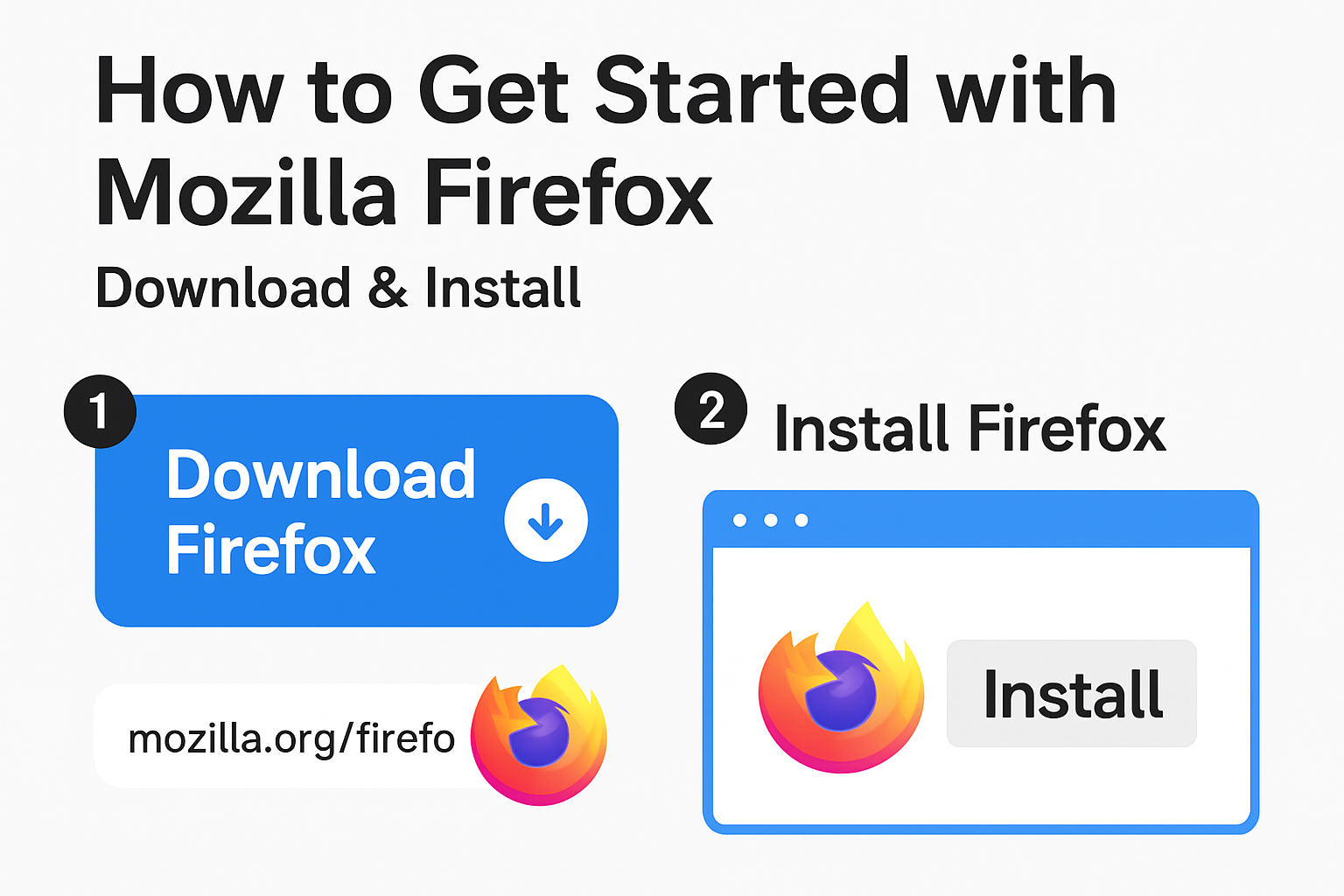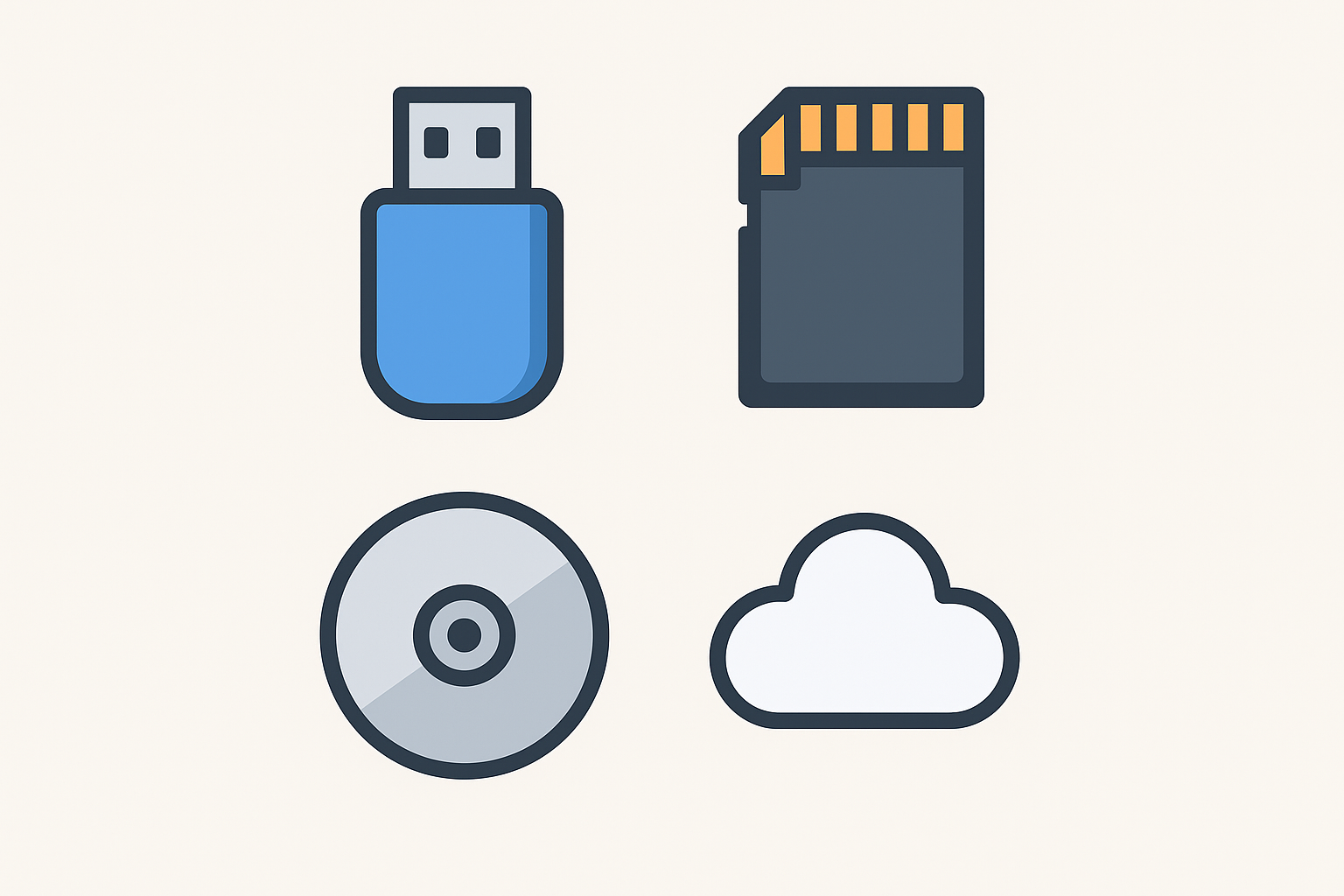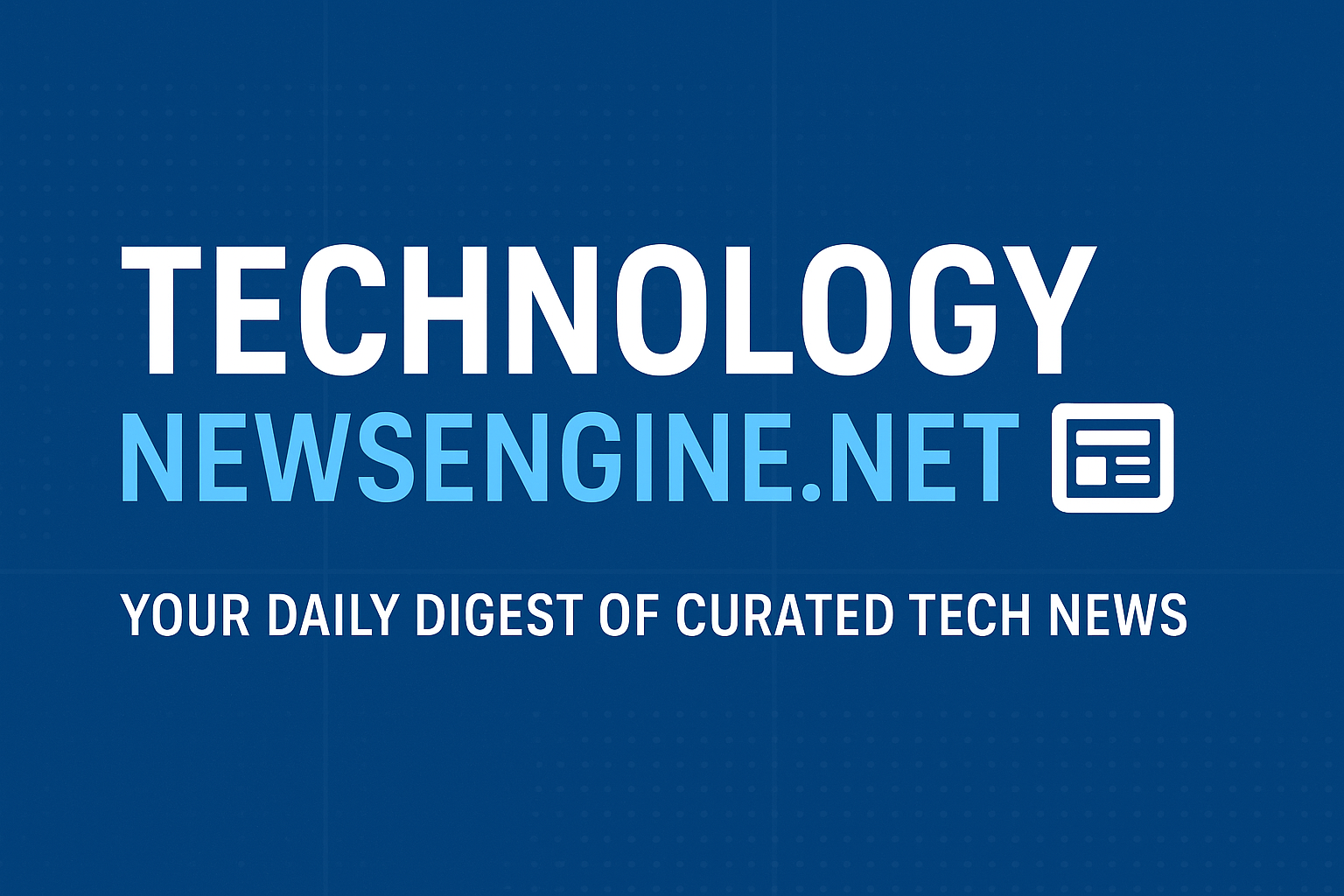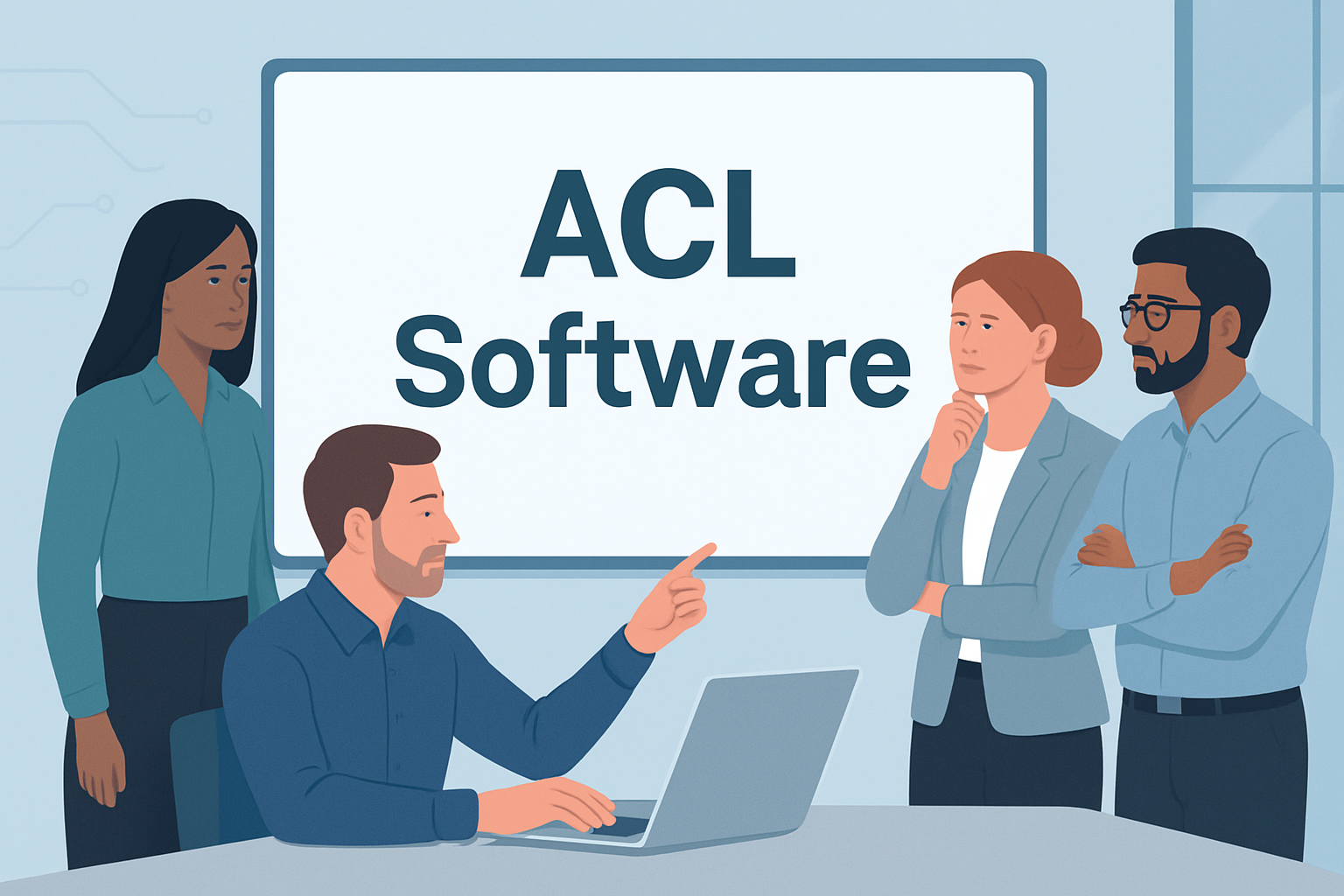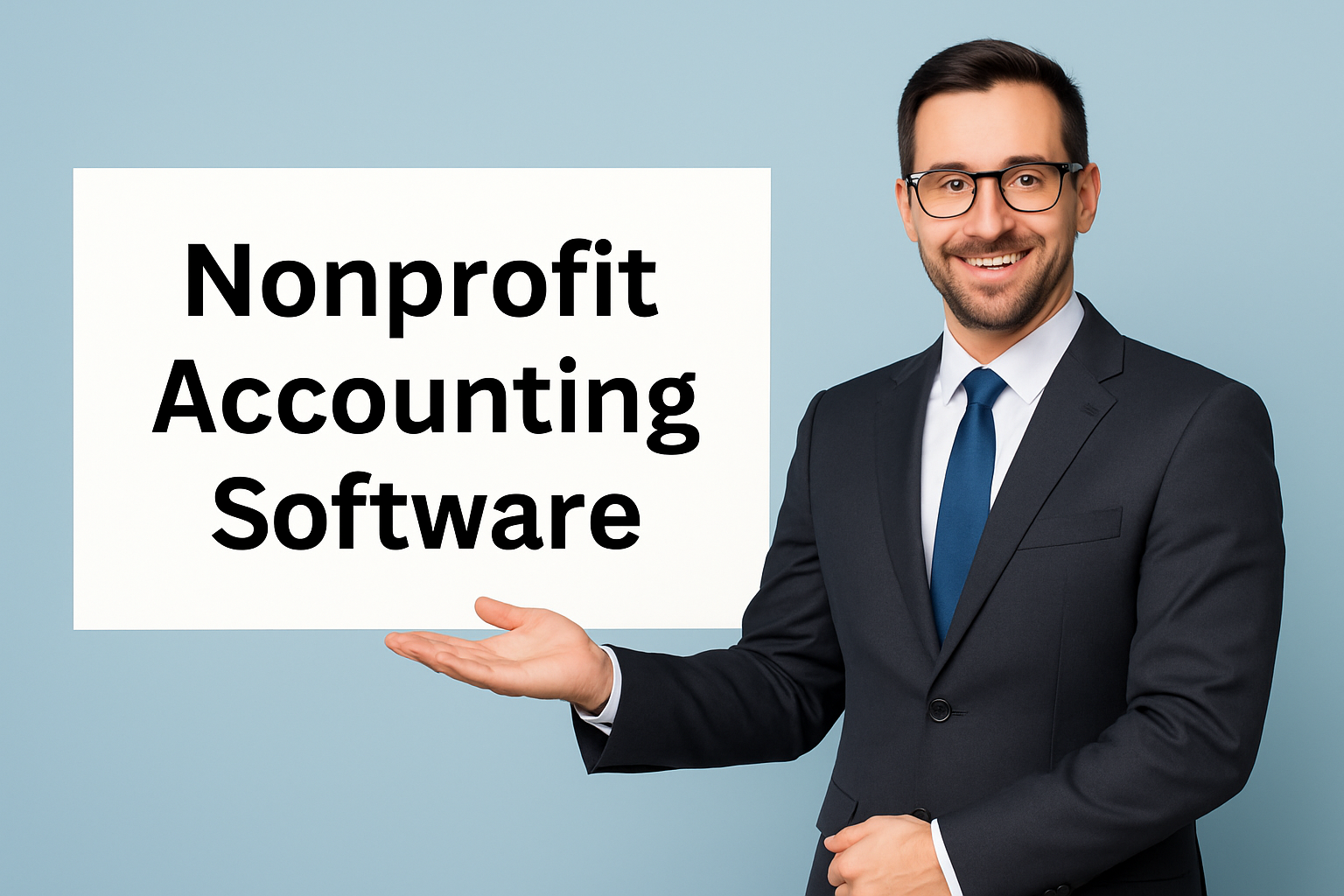Introduction
The landscape of fuel retail is undergoing a seismic shift. The traditional gas station, long dominated by oil giants and independent operators, is facing a formidable new competitor: the multi-channel retailer. Over the past decade, giants like Walmart, Kroger, Costco, and even discount chains like Aldi have made strategic moves into the fuel business, transforming their sprawling parking lots into bustling fueling points. This convergence of grocery and gas, driven by a powerful “one-stop-shop” model, has fundamentally altered consumer expectations and competitive dynamics. But as we look toward 2026, the initial playbook is evolving.
The simple strategy of using discounted fuel to drive foot traffic is maturing into a more complex, technology-driven, and environmentally conscious endeavor. This article will explore the current state of retailers entering the fuel business and delve into the critical trends—from electric vehicle (EV) charging and hyper-convenience to data integration and sustainability—that will define what’s next in 2026 and beyond. The question is no longer if retailers will play a major role in fuel retail, but how they will innovate to lead the market’s next chapter.
The Current Landscape: How We Got Here
The initial rationale for retailers entering the fuel business was straightforward and powerful. For big-box stores and supermarket chains, fuel served as a quintessential loss leader. By offering gasoline at highly competitive, often member-only prices, these retailers created a powerful incentive for weekly shopping trips. The logic was simple: consumers planning to fill up their tanks would choose the retailer that offered them significant savings on fuel, and once on the premises, they would complete their grocery shopping. The fuel offer, therefore, became a primary tool for driving customer loyalty and increasing basket size.
This model proved exceptionally effective. Companies like Costco became some of the largest fuel retailers in the United States, not by building standalone stations, but by leveraging their existing real estate and immense purchasing power. The strategy was less about making a large profit on the fuel itself and more about protecting and growing the core retail business. This initial wave of retailers entering the fuel business successfully capitalized on convenience and price, disrupting the traditional fueling model by embedding it within the routine of other essential errands.
Trend 1: The Electric Vehicle Imperative – From Gas Pumps to Charging Ports
The most significant transformation on the horizon for retailers entering the fuel business is the inevitable transition to electric vehicles. The strategy that worked for internal combustion engines cannot be simply copied and pasted for EVs. The fueling process is different: it takes longer (20-45 minutes for a DC fast charge versus 5-10 minutes for gas), and the infrastructure requirements are more complex. However, this challenge presents an even greater opportunity.
In 2026, the most forward-thinking retailers will not just be adding a few charging stalls as an afterthought; they will be designing their sites as dedicated EV charging hubs. The extended dwell time required for charging is a goldmine for retailers. Instead of a five-minute stop, they have a captive audience for up to an hour. This creates a fundamentally different value proposition.
-
The “Destination Charging” Model: Retailers will transform their locations into desirable places to spend time. This means upgrading amenities to include premium coffee shops, comfortable lounges with Wi-Fi, expanded food courts with healthy options, and even small green spaces. The goal will be to make the charging stop a pleasant break, not an inconvenient wait.
-
Integrated Loyalty Programs: Just as retailers offered discounts on gas for members, they will offer discounted charging rates or exclusive access to fast chargers. Tying EV charging directly into existing loyalty apps will be crucial for capturing data and reinforcing customer habits.
-
Partnerships with Charging Networks: Rather than building their own networks from scratch, many retailers will partner with established EV charging companies (like Electrify America, EVgo, or Tesla) to manage the infrastructure. This allows the retailer to focus on the customer experience while leveraging the technical expertise of specialists.
The retailers who succeed in this space will be those who view EV charging not as a replacement for a gas pump, but as a core component of a new, experience-driven retail model.
Trend 2: The Rise of Hyper-Convenience and Diversified Services
For retailers entering the fuel business, the fueling island is becoming the anchor for a much broader ecosystem of convenience. The future is not just about selling fuel and groceries; it’s about becoming an essential daily stop for a wide array of needs. In 2026, we can expect the retail fuel site to evolve into a “hyper-convenience” hub.
This evolution includes:
-
Enhanced Food and Beverage (F&B) Offerings: Moving beyond standard convenience store fare, retailers will incorporate branded food concepts, fresh and healthy meal kits, and barista-style coffee programs. The line between a fuel stop and a fast-casual restaurant will continue to blur.
-
Last-Mile Logistics and Pickup Points: With their strategic locations and ample parking, retail fuel sites are ideal hubs for e-commerce fulfillment. Customers will be able to pick up online orders (from the retailer itself or from third-party partners), drop off returns, and access locker systems—all while they charge their car or do a quick shop.
-
Essential Services: Expect to see more integrated services like parcel shipping centers, dry-cleaning drop-offs, basic banking kiosks, and even health clinics or pharmacy pick-up points. The goal is to consolidate multiple errands into a single, efficient stop.
This trend represents a significant expansion of the original model. It’s no longer just about using fuel to sell groceries; it’s about using the fuel stop as a high-traffic platform to deliver a wide spectrum of high-margin services, making the retailer indispensable to the daily rhythm of consumers’ lives.
Trend 3: Data, Personalization, and the Connected Ecosystem
The initial wave of retailers entering the fuel business was primarily a physical play. The next wave will be digital. Every transaction at the pump or charging port is a data point. In 2026, the most successful retailers will be those who can effectively harness this data to create a seamless, personalized customer experience.
The integrated mobile app will become the central nervous system of this ecosystem. Imagine this 2026 scenario: A customer’s car, connected to the retailer’s app, signals that it is low on charge or fuel. The app, knowing the customer’s location and habits, automatically suggests routing to the nearest retailer-owned charging station/ fuel pump. It pre-reserves a charging spot and notifies the store. Upon arrival, the charging session starts automatically (via Plug & Charge technology for EVs or automated payment for gas). As the customer enters the store, the app sends a personalized offer for their favorite coffee blend and a discount on the meal kit they frequently buy. The entire experience is frictionless and tailored.
This level of integration allows for:
-
Predictive Analytics: Retailers can forecast demand for fuel, charging, and in-store products with greater accuracy, optimizing inventory and staffing.
-
Dynamic Pricing: Loyalty members could receive personalized fuel or charging prices based on their shopping history or time of visit.
-
Enhanced Loyalty: The deeper the integration between fuel, in-store shopping, and other services, the “stickier” the customer relationship becomes, making it harder for them to switch to a competitor.
The competitive advantage will shift from who has the cheapest fuel to who offers the most intelligent and convenient integrated ecosystem.
Trend 4: Sustainability as a Core Value Proposition
The initial model for retailers entering the fuel business was largely agnostic to the environmental impact of the fuel itself. In 2026, sustainability will transition from a peripheral concern to a central brand value and competitive differentiator. Consumers, particularly younger generations, are increasingly making purchasing decisions based on a company’s environmental credentials.
Retailers will respond in several key ways:
-
Commitment to Renewable Energy: For retailers investing in EV charging, the source of the electricity matters. Those who power their charging networks with solar canopies or purchase renewable energy credits will be able to market a truly “green” charging solution.
-
Biofuels and Alternative Fuels: For traditional fuel pumps, we will see a greater emphasis on offering higher blends of biofuels (like E85) and other alternative fuels, appealing to a segment of consumers looking to reduce their carbon footprint without switching to an EV.
-
Green Store Design: The entire site will reflect a sustainability ethos, from energy-efficient lighting and building materials to water conservation systems and EV charging prioritization. This holistic approach strengthens the brand’s credibility and appeals to a values-driven market.
In this new landscape, the act of refueling will be framed not just as a transaction, but as a choice that reflects the customer’s—and the retailer’s—environmental values.
Conclusion: The Integrated Future of Retail and Fuel
The journey of retailers entering the fuel business is far from over; it is entering its most dynamic and innovative phase. The simple, price-driven model of the past is giving way to a complex, integrated strategy centered on customer experience, technological integration, and environmental responsibility. The traditional gas station will continue to exist, but it will be increasingly pressured by these retail-powered “mobility hubs.”
As we look to 2026, the winners will be the retailers who successfully execute on several fronts simultaneously: building a compelling EV charging experience, expanding into hyper-convenience services, leveraging data to create a frictionless ecosystem, and embedding sustainability into their core offering. The move of retailers entering the fuel business has already reshaped the market. Their next act will be to define the future of mobility and convenience retail altogether. The pump is no longer just a pump; it is the gateway to a reinvented relationship with the consumer.

